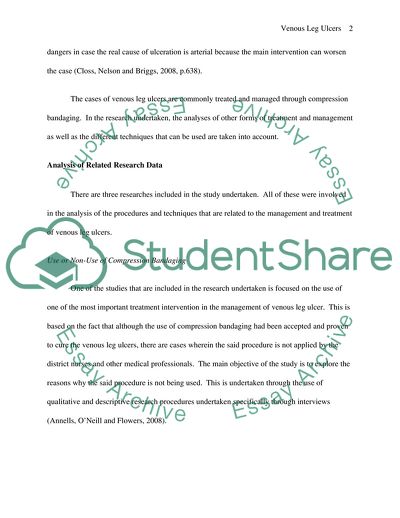Cite this document
(Venous Leg Ulcers and Bandaging Regimens Case Study - 1, n.d.)
Venous Leg Ulcers and Bandaging Regimens Case Study - 1. https://studentshare.org/health-sciences-medicine/1732309-research-essay
Venous Leg Ulcers and Bandaging Regimens Case Study - 1. https://studentshare.org/health-sciences-medicine/1732309-research-essay
(Venous Leg Ulcers and Bandaging Regimens Case Study - 1)
Venous Leg Ulcers and Bandaging Regimens Case Study - 1. https://studentshare.org/health-sciences-medicine/1732309-research-essay.
Venous Leg Ulcers and Bandaging Regimens Case Study - 1. https://studentshare.org/health-sciences-medicine/1732309-research-essay.
“Venous Leg Ulcers and Bandaging Regimens Case Study - 1”. https://studentshare.org/health-sciences-medicine/1732309-research-essay.


